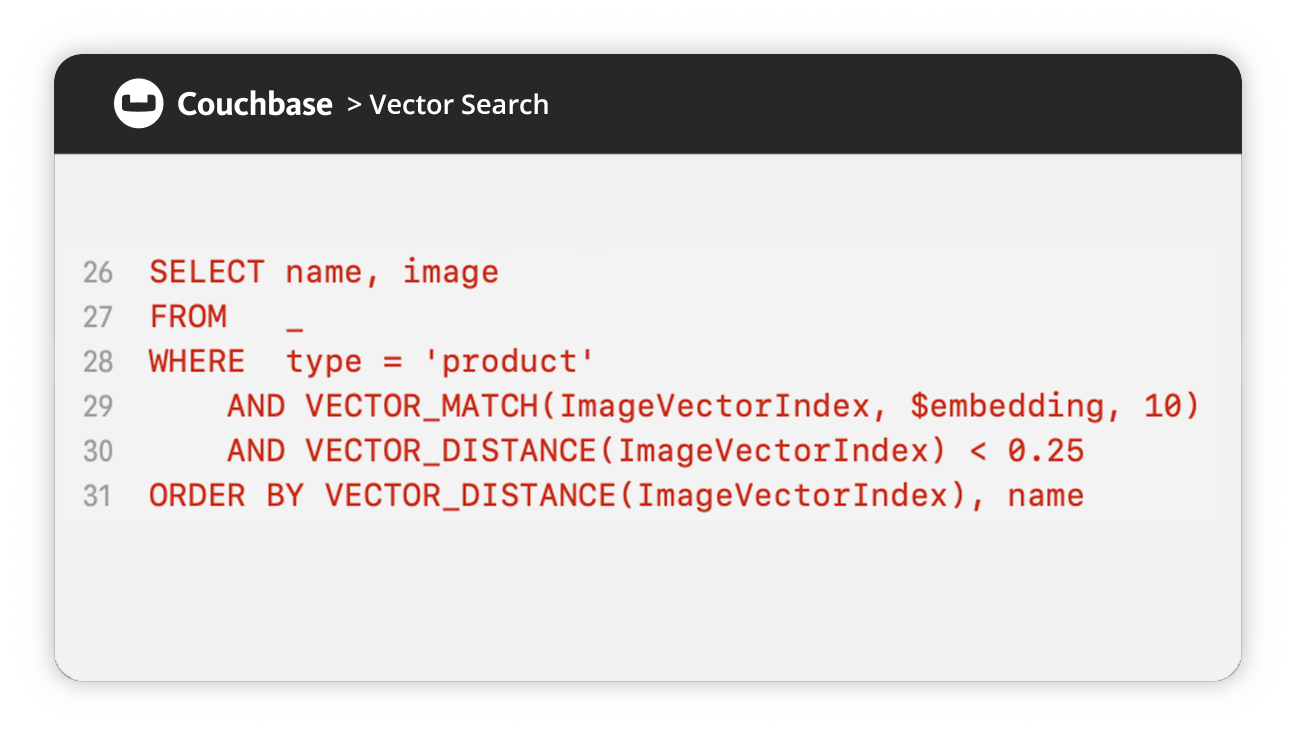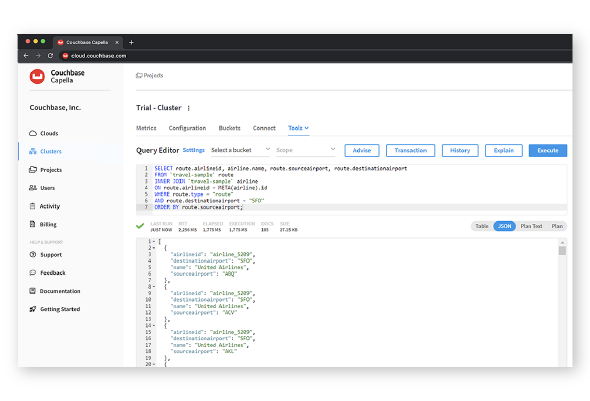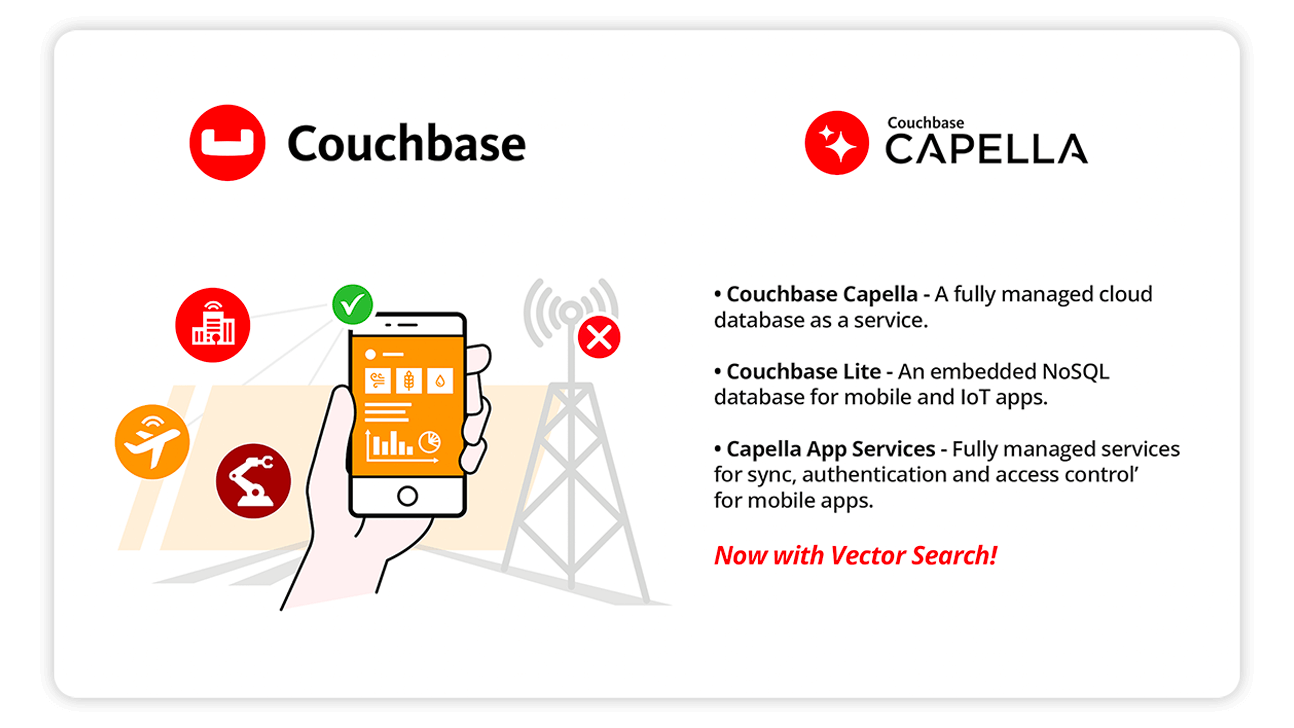This page covers:
Why is container security necessary?
Containers provide security advantages by separating applications, but they also create new pathways for attackers to exploit. The risks include:
- Increased attack surface: Containerization often leads to a larger number of smaller deployments compared to traditional monolithic applications. This creates a wider surface for malicious attackers to exploit.
- Vulnerability in the software supply chain: Container images are often built from layers, and vulnerabilities in any layer can introduce risk. Additionally, malicious attackers may target container registries to inject vulnerabilities into widely used images.
- Misconfiguration risks: Improper configurations of container images and runtime environments can create security vulnerabilities. For instance, containers with unnecessary privileges or overly permissive network policies become prime targets for attackers.
- Runtime exploits: Even secure images can be exploited at runtime if attackers gain access to the container host or container orchestration platform.
A successful attack on a containerized application can have serious consequences. Attackers can gain access to sensitive data, disrupt critical services, or launch further attacks on your infrastructure. We’ll discuss more about what these attacks entail in the next section.
Container security threats
There are a variety of ways malicious attackers can exploit vulnerabilities in containerized environments. These threats can target different stages of the container lifecycle from image creation to runtime. Here’s a breakdown of some common threats to containers:
- Vulnerability exploits: Traditional software vulnerabilities still pose a significant risk in containers. Attackers can take advantage of unpatched vulnerabilities within container images or the underlying host system to gain unauthorized access to containers or the entire host machine. They can achieve this through remote code execution (RCE) exploits.
- Image hijacking: Container registries, which store container images, can become targets for attackers. Malicious attackers can inject malware or vulnerabilities into the images, and when developers unknowingly pull and deploy the compromised images, their applications become vulnerable.
- Denial-of-service (DoS) attacks: Containers with improperly configured resource limitations are susceptible to DoS attacks. Attackers can exploit this weakness by launching attacks that consume excessive resources within the container, impacting performance or even crashing the container and potentially affecting other applications running on the same host.
- Privilege escalation: Containers should ideally run with the least privilege principle in mind, but misconfigurations can lead to containers having unnecessary privileges. Attackers can exploit these elevated privileges and potentially gain control of the entire host system.
- Container escape: In some cases, attackers can exploit vulnerabilities in the container runtime environment or the container itself to break free from the isolation boundaries. This allows them to access the host system or other containers running on the same host, potentially compromising the entire environment.
By understanding these threats and implementing robust security measures throughout the container lifecycle, organizations can significantly reduce the attack surface and protect their containerized applications.
Several container security tools can be used to address different aspects of securing your containerized environment. Here’s a breakdown of some recommended tools categorized by their functionality:
Image scanning tools
- Aqua Trivy: Open source vulnerability scanner for container images that identifies known vulnerabilities and misconfigurations.
- Snyk Container: Cloud-based vulnerability scanner that detects vulnerabilities in container images and suggests remediation steps.
Runtime security tools
- Sysdig Secure: Provides runtime threat detection and protection for containers and Kubernetes environments.
- Falco: Open source runtime security tool that detects and responds to anomalous activity within containers.
Container registries
- Notary: Open source tool that enables trust and transparency in container image distribution by providing image signing and verification capabilities.
- Harbor: Enterprise-grade container registry that offers built-in vulnerability scanning, image signing, and access control features.
Container orchestration tools
- NeuVector: Provides comprehensive security for containerized environments, including vulnerability scanning, workload protection, and network security.
- CIS Kubernetes Benchmark: A set of best practices for securing Kubernetes clusters that aids in managing configurations and reducing security risks.
The tools you choose will depend on your specific needs and environment. Larger and more complex deployments might require a more comprehensive platform like Aqua Trivy or Sysdig Secure. Open source tools offer a cost-effective option but may require more technical expertise to implement and maintain.
Container security challenges
Now that you’re aware of potential threats and tools you can use to mitigate threats let’s discuss some obstacles you may face when securing your containerized environments:
- Insecure secrets management: Containerized applications often rely on sensitive data like API keys and passwords. Storing these secrets within the container image or using inadequate access controls increases the risk that they’ll be stolen and used to compromise the application.
- Data leakage: Insecure container configurations or runtime environments can lead to data leakage or unauthorized access to sensitive information stored within containers.
- DevSecOps integration: Integrating security practices throughout the development lifecycle can be challenging. Developers might not have the required security expertise, and security teams may struggle to keep pace with the rapid development cycles associated with containers.
- Monitoring complexity: Monitoring a large number of containerized deployments for suspicious activity can be complex. Identifying and responding to potential threats in a timely manner requires robust monitoring tools and skilled personnel.
- Compliance challenges: Organizations must comply with various industry regulations and legal requirements regarding data security. Implementing and maintaining container security controls that meet these compliance standards is an ongoing process.
Container security best practices
Container security challenges highlight the importance of a comprehensive container security strategy. Implementing container security best practices throughout the container lifecycle is crucial for mitigating challenges and ensuring the secure operation of your containerized environments. Here are some key practices to follow:
Secure image management
- Use trusted base images: Start with official or trusted base images from reputable sources like Docker Hub to minimize the risk of using images with known vulnerabilities.
- Image scanning: Implement automated vulnerability scanning tools to regularly scan container images for known vulnerabilities and security threats before deployment.
- Image signing: Digitally sign container images to verify their authenticity and integrity, ensuring only trusted images are deployed in production environments.
Harden container hosts
- Apply security updates: Regularly update and patch container hosts, including the operating system, kernel, and container runtime, to address known security vulnerabilities and mitigate potential risks.
- Implement host security controls: Configure host-level security controls, such as firewalls, SELinux profiles, and least privilege access, to restrict access and minimize the attack surface.
Enforce least privilege
- Container privileges: Run containers with the least privileges required to perform their intended tasks. This minimizes the risk of privilege escalation attacks and unauthorized access to host resources.
- Role-based access control (RBAC): Implement RBAC policies based on the principle of least privilege to restrict user and application access to sensitive resources within containerized environments.
Network segmentation and isolation
- Container network policies: Define policies to control traffic and isolate container communication based on application requirements. This reduces the risk of lateral movement and unauthorized access.
- Container firewalls: Deploy container-aware firewalls or network security solutions that monitor and control network traffic between containers and external networks and enforce security policies and traffic filtering rules.
Implement secure configuration
- Container runtime security: Configure container runtimes with secure defaults and enable security features such as seccomp or SELinux to enforce runtime restrictions and protect against malicious activities.
- Secure container orchestration: Securely configure container orchestration platforms (e.g., Kubernetes) by enabling authentication, authorization, encryption, and network policies to control access and secure communication between cluster components.
Continuous monitoring and logging
- Container logging: Enable logging for containers to capture runtime events, audit trails, and security-related activities. This will provide visibility into container behavior and potential security threats.
- Security monitoring: Enable timely incident response and remediation by implementing continuous security monitoring tools that detect anomalous behavior, suspicious activities, and potential threats within containerized environments.
Key takeaways and related resources
Although containers provide many benefits such as faster deployment and higher portability, they also make it easier for bad actors to gain access via multiple entry points. To secure your containerized environment, it’s important to deploy image scanning tools, runtime security tools, container orchestration tools, and container registries. It’s also necessary to follow best practices such as using trusted base images, regularly updating and patching container hosts, and implementing RBAC policies.
Explore these resources to learn more about containers:
Couchbase Cloud-Native Database
Introduction to Couchbase Autonomous Operator
Cloud and Container Deployment Overview
Frequently Asked Questions About Couchbase Containers
Certified Kubernetes Platforms
Red Hat Partner Page
Complimentary Platforms: Running Couchbase Capella and Red Hat OpenShift
To learn more about concepts related to containers and security, explore our hub.


